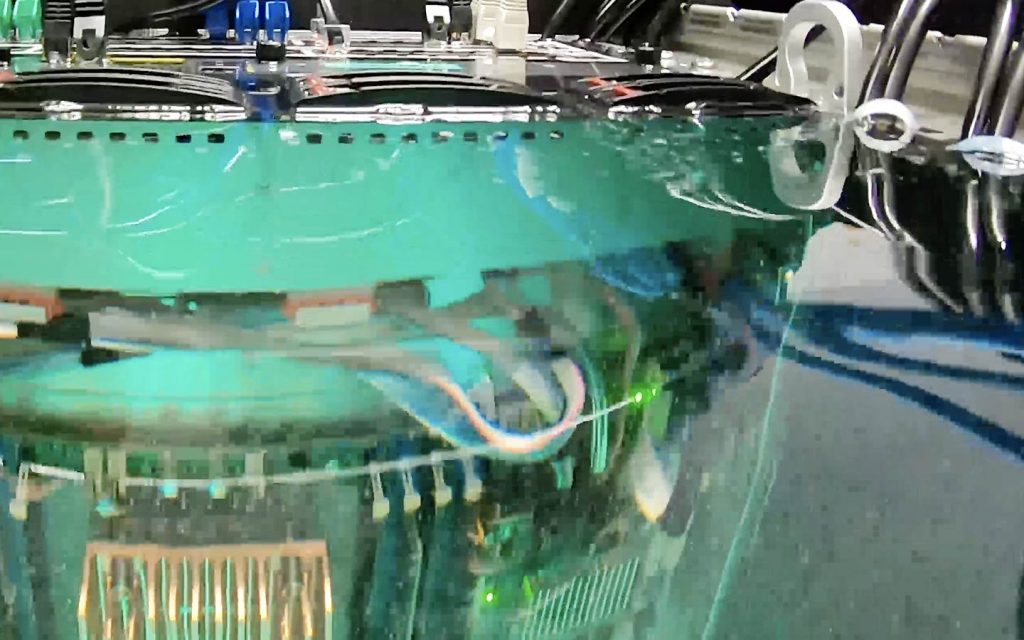Edging towards data centre transformation to energy efficiency
With the increasing pressure many industries are coming under to reduce emissions, it seems that the heat generated by data centres is a somewhat overlooked area. However, as increasing numbers of businesses embrace more compute-intensive technology such as AI and machine learning, concern is rising about power and water consumption and the heat generated by the increasingly high demands being placed on data centres. By 2040, it is expected that the IT industry across the world will be responsible for 14% of global emissions, with the majority of these coming from IT infrastructure, particularly data centres.1
With this in mind and in light of recent moves by the UK government to embrace technologies like AI, it seems significant changes may well be afoot. It’s increasingly likely that the UK will follow suit of several European countries which have put initiatives in place to ensure that new-build data centres recycle the heat they generate into other uses. So, the data centres of the future may run as dual-purpose facilities, combining data storage with heat recovery. These types of systems are already becoming mainstream, with the support of governmental bodies such as a project that’s gaining traction in Stockholm in collaboration with the city’s local authority.
By bringing together a power grid operator, a dark fibre provider and the City of Stockholm’s public district heating department, officials believe the system is a win-win that will allow the data centre industry to reach new levels of cost efficiency and sustainability.
Notably, the UK is starting to see major investment in immersion cooling with heat reuse. Once this becomes an established practice, it should attract more investment, particularly from green energy providers. Technology is changing and improving all the time. But it makes sense to initiate such projects in the most effective way available, to begin with rather than fighting fires later on and having to do costly retrofits.
Mitigating the effects of energy-intensive technology is becoming more challenging, particularly in the face of unpredictable energy costs due to instability in some parts of the world. It’s becoming increasingly apparent that traditional air-cooling methods aren’t going to be sufficient to accommodate the extra demand being placed on systems by the likes of AI. As a result, alternative cooling methods are now being more heavily invested in.
The announcement a couple of years ago, that Microsoft had put liquid immersion cooling in place in one of its data centres, has brought increased awareness to this highly effective and novel method. Immersion cooling works by submerging modified servers in a dielectric fluid where they are kept at a constant temperature. The fluid is cycled through a heat exchange and reused internally or, alternatively, the heat generated can be used elsewhere.
Commenting on its effect on compute performance, Microsoft officials noted the ability to keep the centre’s servers up and running even during spikes in demand was far superior to air cooling. The dielectric fluid enables the servers to operate continuously at full power without risk of failure from overheating. So, as well as the potential for heat recovery, the technical benefits far outweigh the challenges.
Naturally, when heat is recycled back into use, liquid immersion can prove highly cost-effective, especially given the efficiency of dielectric liquid at heat extraction. There are no costly fans or air-con systems to run and, as a result, emissions are much reduced.
Ultimately, and partly due to tighter regulations in the EU, systems like immersion cooling to heat recovery will eventually come to the fore in the UK, as part of the wider movement toward a circular economy. In any case, as computing continues to become more energy-intensive the importance of using effective cooling methods will become unavoidable. The risks of ignoring excess heat generation are an increasing threat to business and there are benefits to be gained from implementing a cooling method that is economical, efficient, safe and future-proof.
Repurposing the heat that has been extracted adds to these benefits of course and reflects an approach where the heat is treated as a valuable resource rather than an unavoidable by-product to be ignored.
1 https://earth.org/the-green-dilemma-can-ai-fulfil-its-potential-without-harming-the-environment/
END
Edging towards data centre transformation to energy efficiency

